Step into a world where thousands of colorful wings flutter around you like living confetti. Butterfly sanctuaries offer something truly special—a chance to witness nature’s most delicate creatures up close while they go about their daily lives. These protected spaces aren’t just beautiful; they’re vital conservation hubs that help preserve species that might otherwise disappear from our world.
From tropical conservatories filled with exotic species to outdoor gardens buzzing with native butterflies, these sanctuaries create environments where both butterflies and visitors can thrive. Here is a list of 19 butterfly sanctuaries that will make you feel like you’ve stepped into an enchanted fairy tale.
Butterfly Conservatory at Niagara Falls

This indoor tropical paradise sits right next to one of the world’s most famous waterfalls, creating an unexpected oasis of calm. Over 2,000 exotic butterflies from around the globe flutter freely through a lush rainforest setting complete with waterfalls and flowering plants.
The contrast between the thundering falls outside and the gentle flutter of wings inside makes this place feel otherworldly. You might find yourself whispering as massive Blue Morphos glide past your shoulder like pieces of living sky.
Pacific Science Center Butterfly Garden
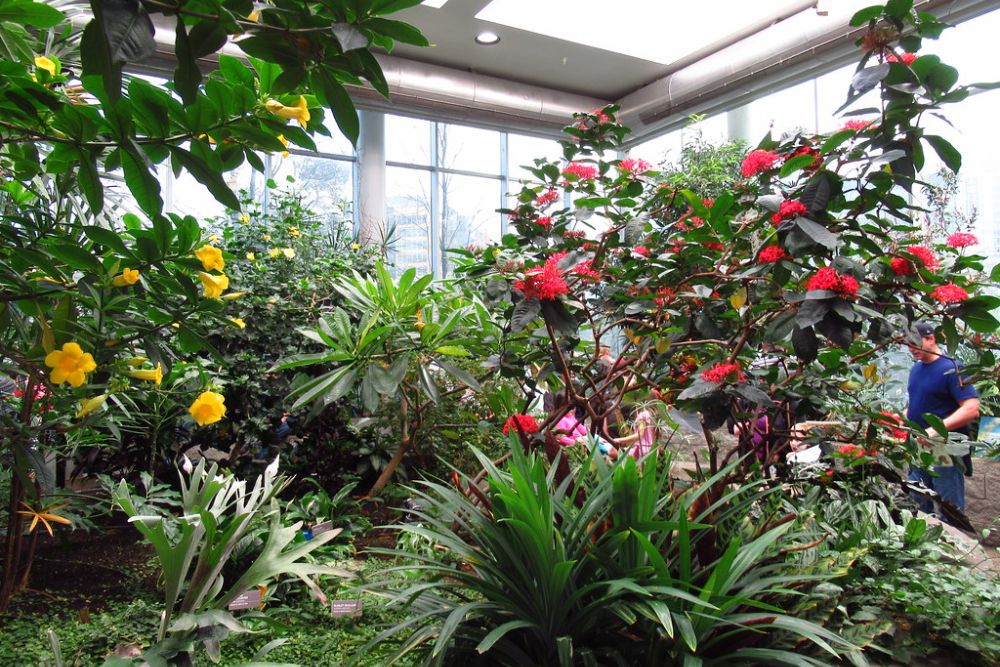
Seattle’s iconic science center transforms into a tropical wonderland during butterfly season, housing hundreds of species in a climate-controlled dome. The garden recreates different ecosystems, from Asian rainforests to Central American cloud forests, giving visitors a globe-trotting experience without leaving Washington.
What makes this place special is how the butterflies seem completely unbothered by visitors, often landing on people as if they’re just another interesting plant. The educational component here is top-notch, with staff members who can tell you fascinating stories about each species’ journey from caterpillar to butterfly.
Like Travel Pug’s content? Follow us on MSN.
Butterfly World in Florida
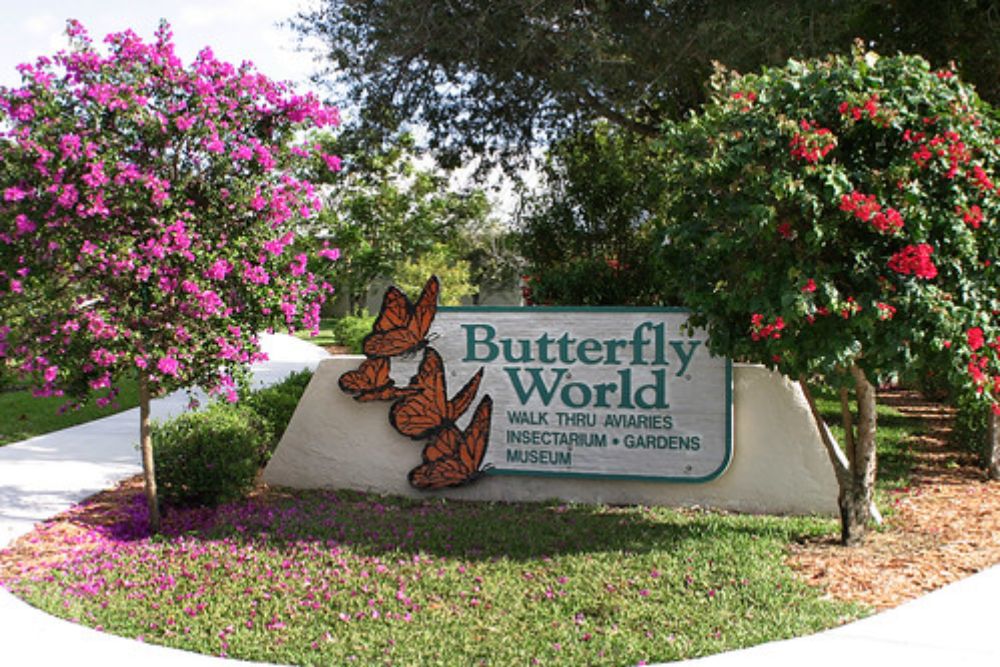
This sprawling 10-acre facility in Coconut Creek feels more like a natural preserve than a typical tourist attraction. Three separate flight aviaries house thousands of butterflies representing over 80 species, creating distinct environments that cater to different types of these winged beauties.
The outdoor gardens showcase native Florida species alongside exotic imports, proving that butterflies can thrive in carefully designed spaces. Walking through the different sections feels like traveling through various tropical countries, each with its own unique atmosphere and residents.
The Butterfly Place in Massachusetts
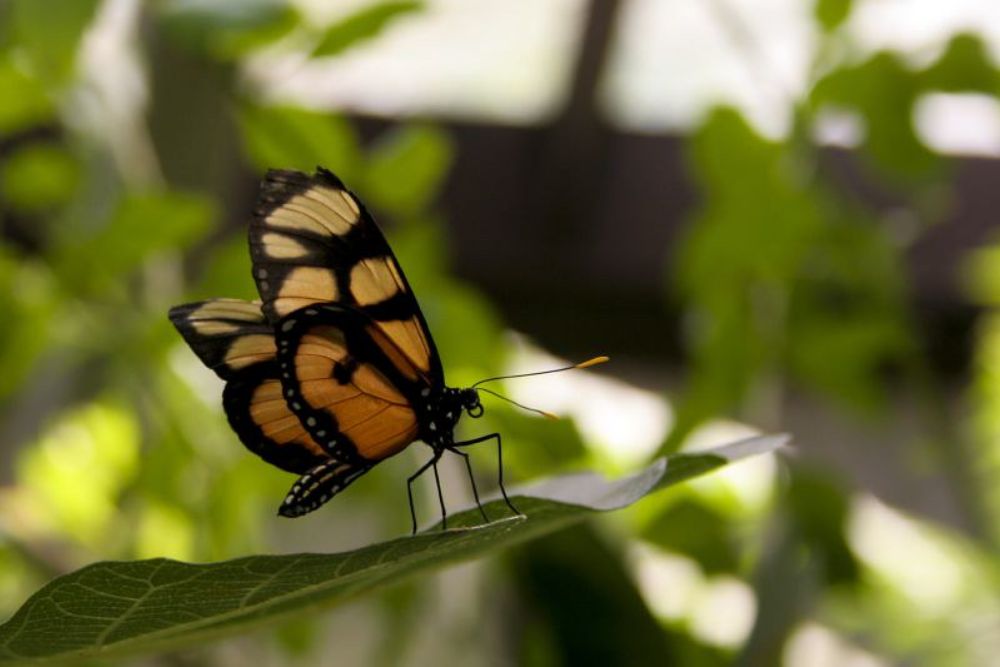
Nestled in Westford, this 3,100-square-foot glass atrium maintains a steady 80-degree temperature year-round, creating a permanent tropical vacation for both butterflies and visitors. The space houses up to 500 butterflies at any given time, representing species from Central and South America, Africa, and Asia.
What sets this sanctuary apart is its commitment to education—they breed many of their butterflies on-site, allowing visitors to witness the complete metamorphosis process. The intimate size means you’ll likely have close encounters with these delicate creatures, and staff members are always nearby to share fascinating butterfly facts.
San Diego Zoo Butterfly Jungle
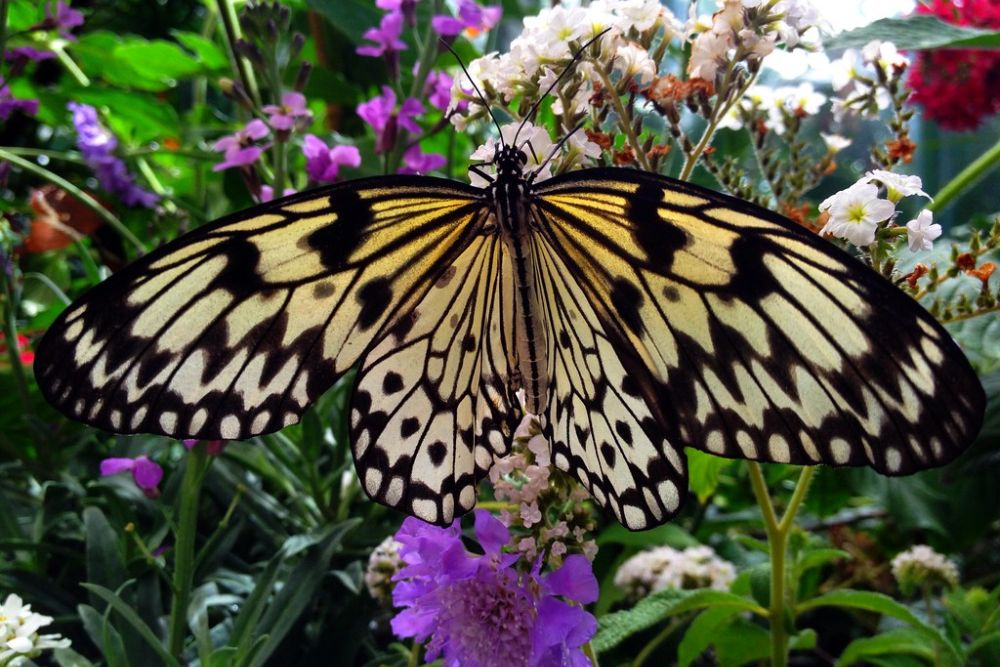
This 14,000-square-foot mesh tent creates one of the largest butterfly habitats in the United States, housing over 30 species in a carefully controlled environment. The jungle setting includes a 20-foot waterfall, tropical plants, and winding pathways that make exploration feel like an adventure.
The diversity here is remarkable—you might spot a bright orange Julia butterfly from Central America sharing space with a delicate Glasswing whose transparent wings seem to shimmer like soap bubbles. The zoo’s conservation focus means many of the species here are part of breeding programs aimed at protecting endangered butterfly populations.
Like Travel Pug’s content? Follow us on MSN.
Butterfly Gardens at Callaway Resort
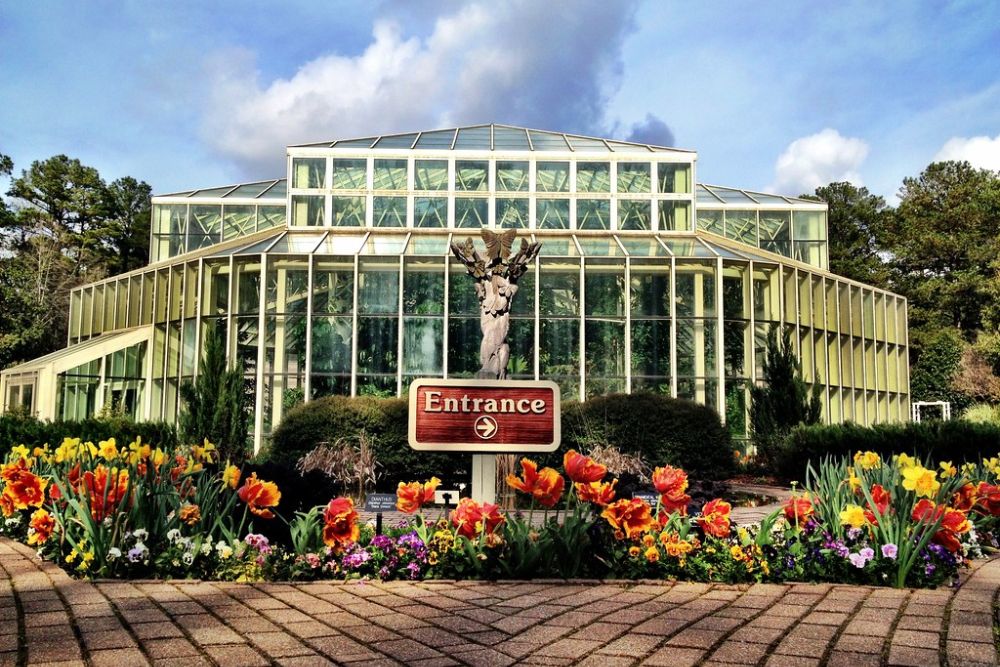
Georgia’s Callaway Gardens features a 7,000-square-foot tropical conservatory that maintains the perfect environment for both native and exotic butterfly species. The facility focuses heavily on education and conservation, with a working laboratory where visitors can observe the butterfly life cycle in action.
The outdoor gardens complement the indoor experience, showcasing plants specifically chosen to attract and support local butterfly populations. During peak season, the combination of indoor and outdoor spaces creates a comprehensive butterfly experience that changes with the seasons.
Krohn Conservatory Butterfly Show
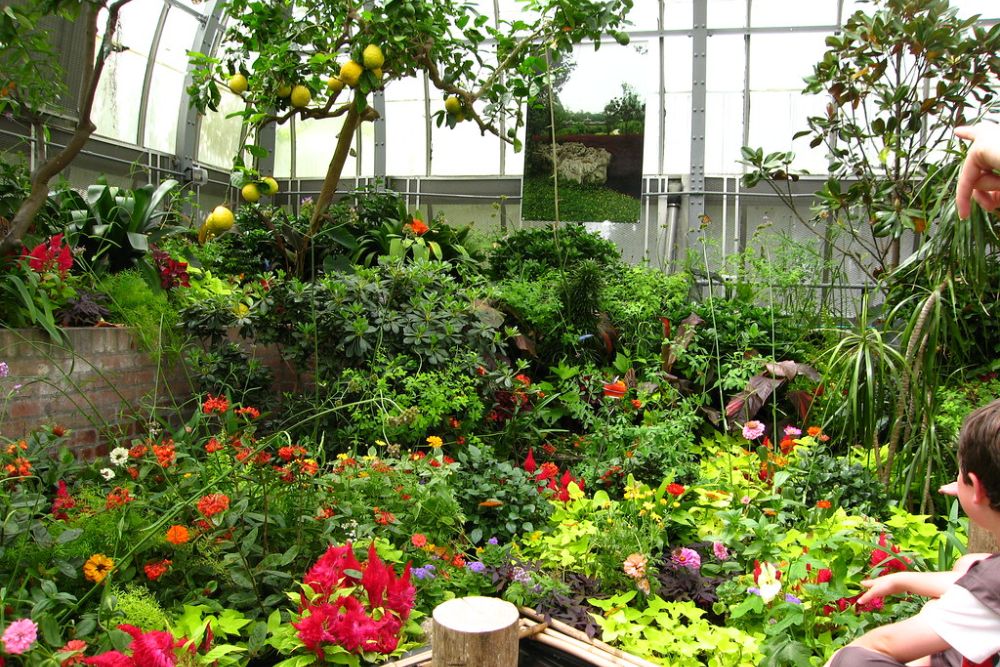
Cincinnati’s historic art deco conservatory transforms into a butterfly paradise during its annual butterfly show, typically running from March through June. The space fills with over 1,000 butterflies representing dozens of species, creating a temporary tropical ecosystem within the city.
The conservatory’s unique architecture adds to the experience—the geometric glass panels create interesting light patterns that seem to make the butterflies glow as they flutter past. This seasonal approach means each visit feels special and limited, adding to the wonder of the experience.
Butterfly Pavilion in Colorado
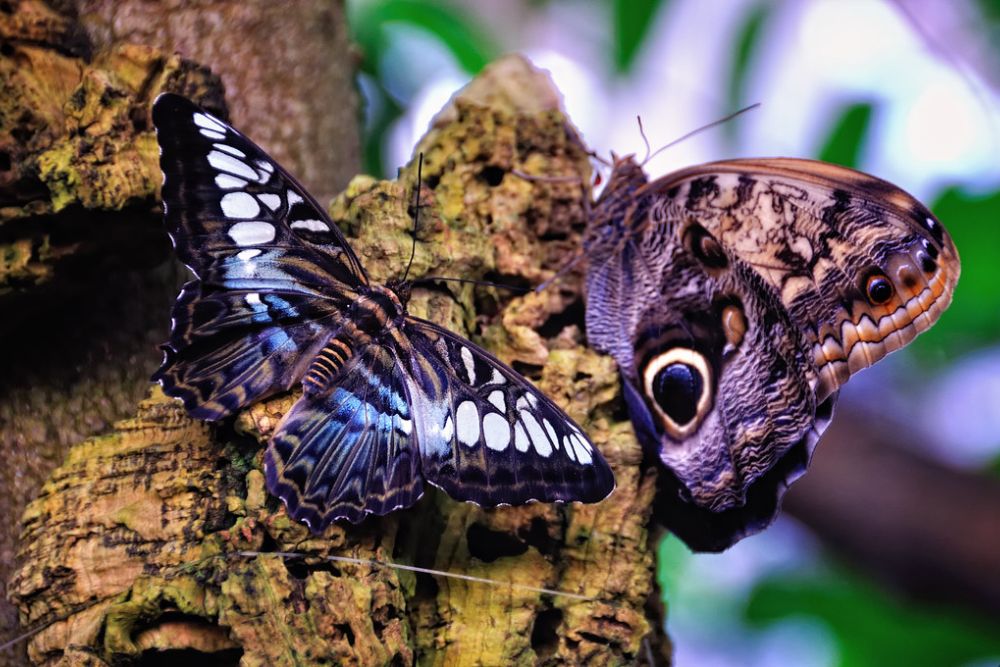
Located in Westminster, this facility was the first stand-alone invertebrate zoo in the United States when it opened in 1995. The tropical conservatory maintains a constant 80-degree temperature and 70% humidity, creating the perfect conditions for over 1,600 butterflies from around the world.
What makes this place extraordinary is the sheer diversity—you’ll encounter species from the rainforests of Costa Rica, the mountains of Ecuador, and the islands of Malaysia all in one visit. The facility also features a working laboratory where visitors can watch butterflies emerge from their chrysalises, timing their entrance into the world perfectly.
Like Travel Pug’s content? Follow us on MSN.
Desert Botanical Garden Butterfly Exhibit
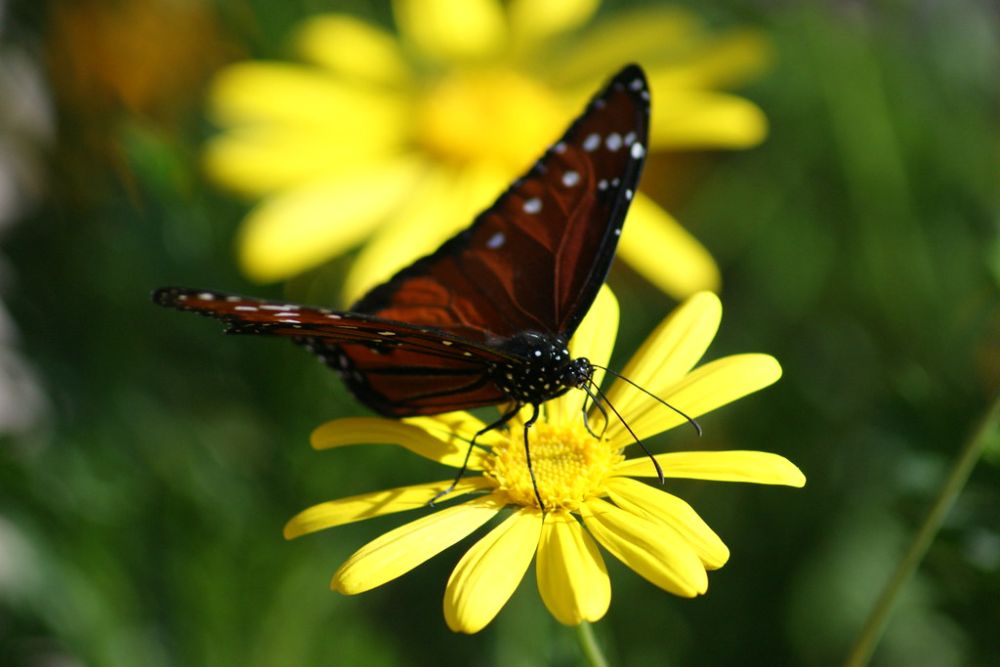
Phoenix’s desert setting might seem like an unlikely place for a butterfly sanctuary, but this facility proves that these delicate creatures can thrive in unexpected environments. The exhibit runs seasonally, typically from October through May, when the desert climate is most hospitable to both butterflies and visitors.
The juxtaposition of delicate butterflies against the backdrop of towering saguaro cacti creates a uniquely southwestern experience. Many of the species featured here are adapted to arid climates, showing visitors a side of butterfly diversity they might never have imagined.
Butterfly House at Whitman Park
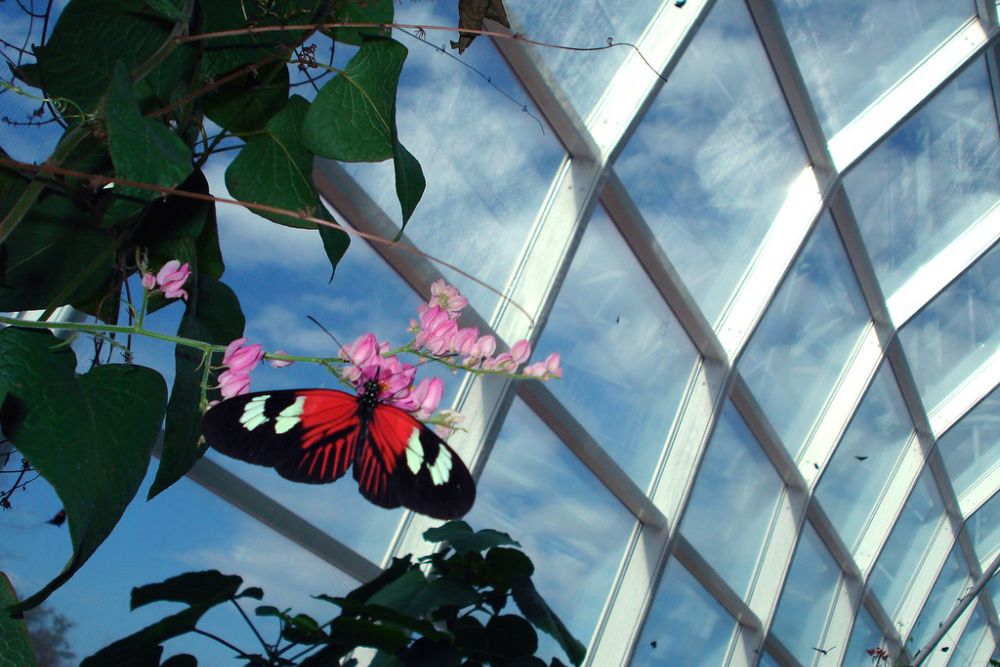
This facility in Missouri creates a year-round tropical environment where visitors can escape the Midwest weather and immerse themselves in a world of perpetual summer. The conservatory houses hundreds of butterflies from Central and South America, flying freely among exotic plants and small waterfalls.
The intimate setting means you’re likely to have butterflies land on you, creating photo opportunities that feel almost too perfect to be real. Educational programs here focus on the important role butterflies play as pollinators and the threats they face in the wild.
Reiman Gardens Butterfly Wing
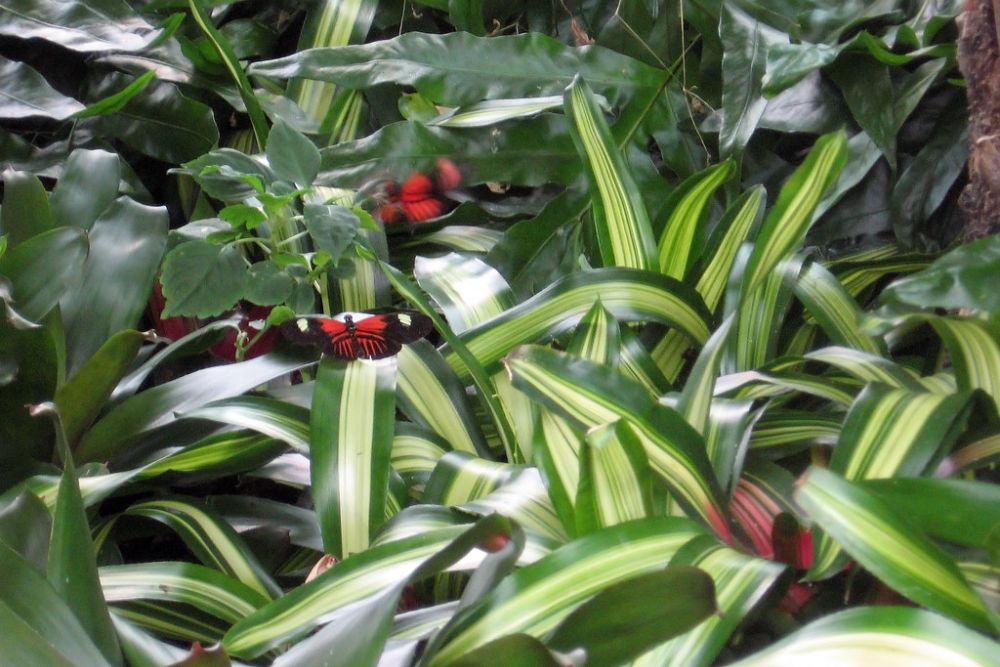
Iowa State University’s Reiman Gardens features a stunning 2,500-square-foot butterfly conservatory that serves as both a tourist attraction and a research facility. The space maintains tropical conditions year-round, housing species from around the world in a lush environment filled with flowering plants and water features.
University students and researchers work alongside the butterflies, conducting studies that contribute to conservation efforts worldwide. The academic connection adds depth to the visitor experience, with educational programs that go beyond simple observation to explore the science behind these remarkable creatures.
Like Travel Pug’s content? Follow us on MSN.
Sophia M. Sachs Butterfly House
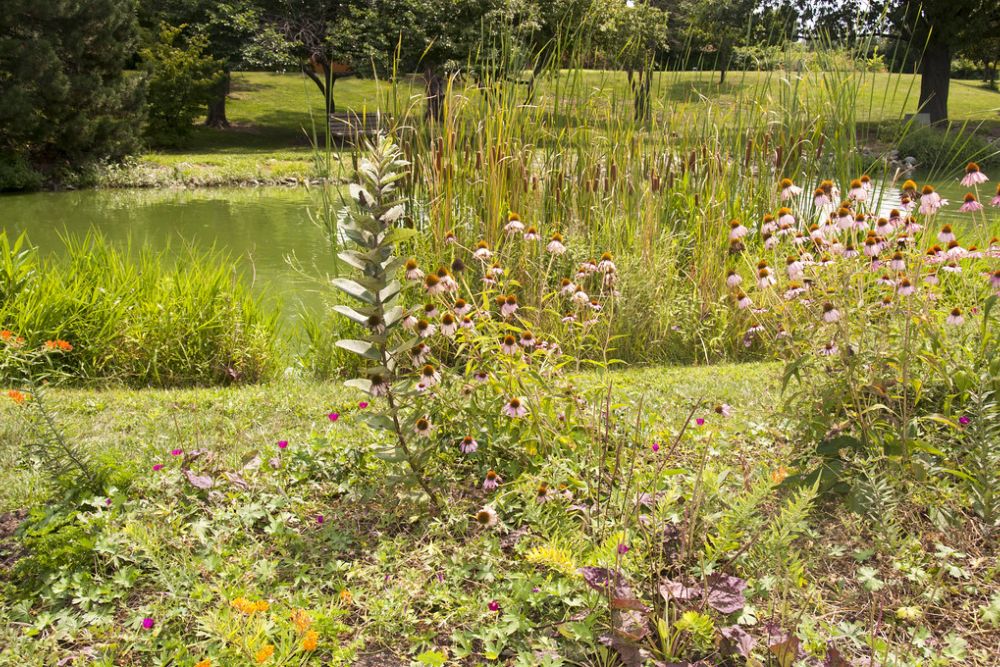
Part of the Missouri Botanical Garden system, this facility in Chesterfield creates a tropical paradise where over 60 species of butterflies live and breed year-round. The 8,000-square-foot conservatory replicates a rainforest environment complete with a 40-foot waterfall and hundreds of exotic plants.
What makes this place special is the attention to detail—every plant, every water feature, and every pathway is designed to create the perfect habitat for butterflies while still allowing visitors to observe and learn. The facility also includes outdoor gardens that showcase native Missouri butterflies, creating a complete picture of butterfly diversity.
Cecil B. Day Butterfly Center
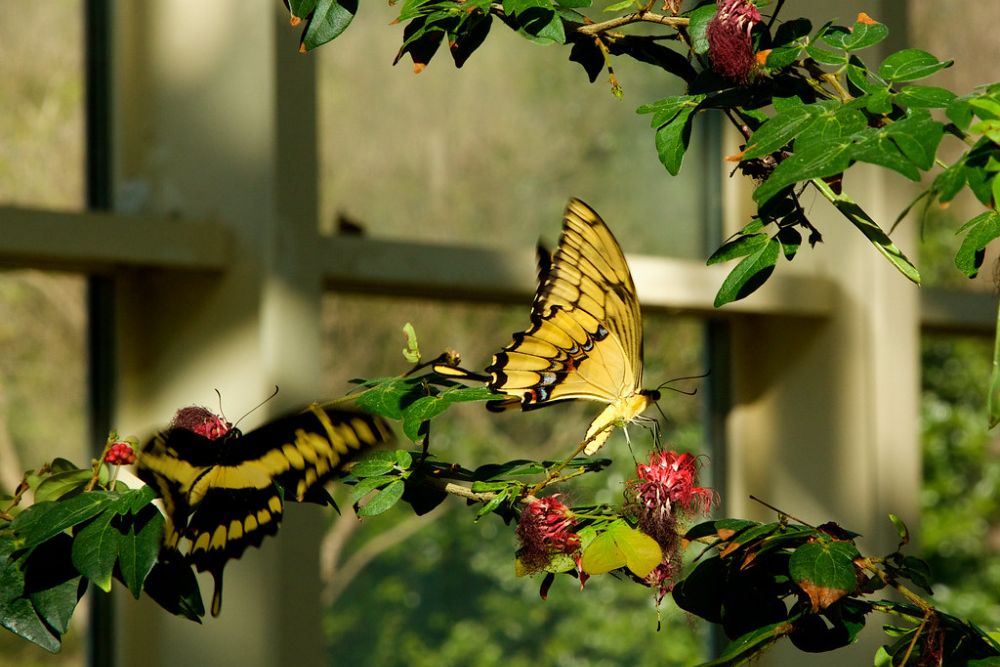
Located at Callaway Gardens in Georgia, this facility was one of the first major butterfly conservatories in the southeastern United States. The 7,000-square-foot glass structure houses over 1,000 butterflies representing more than 50 species from around the world.
The center’s commitment to conservation shows in its breeding programs and research initiatives, which focus on protecting endangered species. Visitors can witness the complete butterfly lifecycle, from tiny eggs to emerging adults, making this more than just a pretty place to visit—it’s a working conservation facility.
Butterfly House at Faust Park

This Missouri facility combines education with wonder, housing hundreds of tropical butterflies in a carefully controlled environment. The conservatory maintains the warm, humid conditions these creatures need while providing visitors with comfortable viewing areas and educational displays.
What sets this place apart is its focus on hands-on learning—visitors can often observe butterflies emerging from their chrysalises and watch staff members feeding and caring for the residents. The facility also features outdoor gardens designed to attract native butterfly species, showing how anyone can create butterfly-friendly spaces at home.
Like Travel Pug’s content? Follow us on MSN.
Magic Wings Butterfly Conservatory
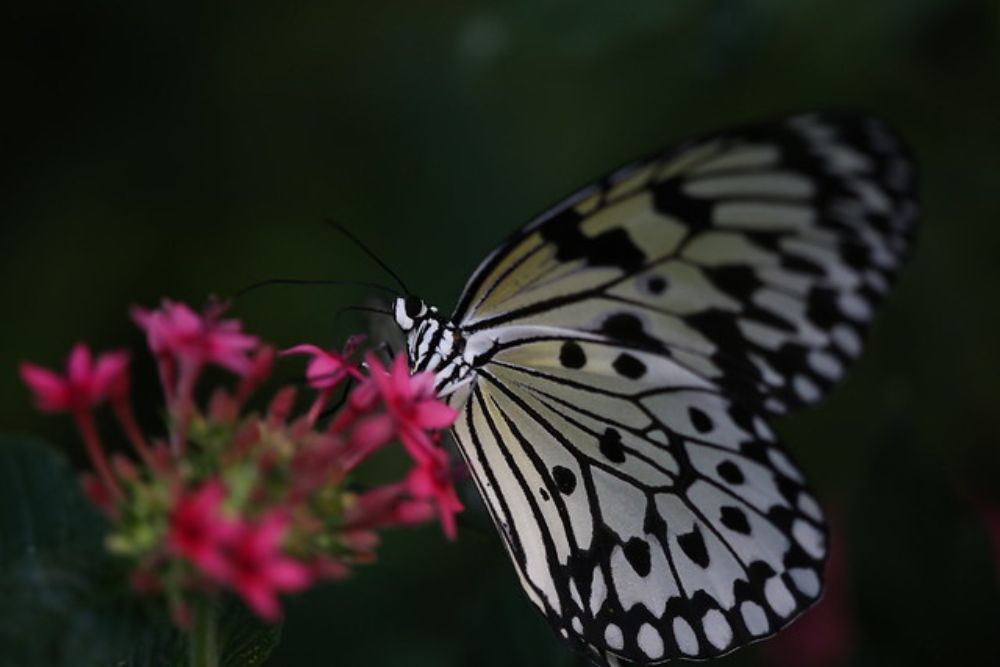
Located in South Deerfield, Massachusetts, this 8,000-square-foot tropical paradise houses over 4,000 butterflies representing more than 40 species. The conservatory creates distinct microclimates within the larger space, allowing different species to find their preferred conditions while giving visitors a diverse experience.
The facility’s commitment to education includes a working laboratory where visitors can observe metamorphosis in action. The name says it all—watching hundreds of colorful butterflies flutter through tropical gardens really does feel like magic.
Butterfly Jungle at Safari West

This Northern California facility combines African wildlife with tropical butterflies, creating an unexpected but delightful combination. The butterfly conservatory provides a gentle contrast to the more adventurous safari experience, offering visitors a chance to slow down and appreciate nature’s smaller wonders.
The facility focuses on species from Africa and Madagascar, many of which visitors have never seen before. The setting among California’s wine country adds to the overall experience, making this a destination that appeals to nature lovers and wine enthusiasts alike.
Frederik Meijer Gardens Butterfly Exhibit
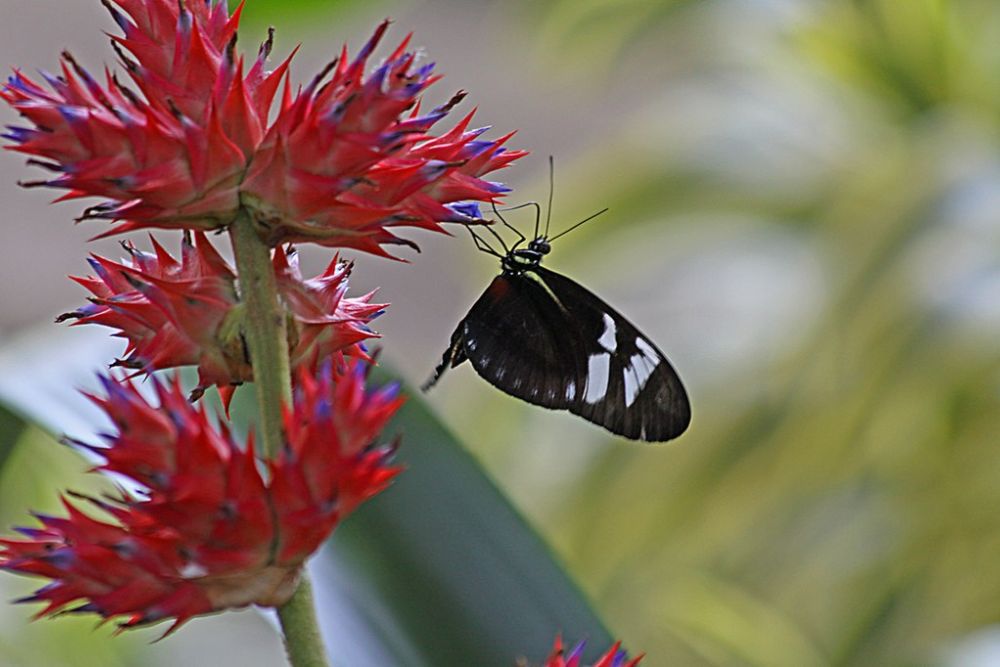
This Grand Rapids facility transforms into a tropical paradise during its annual butterfly exhibit, typically running from March through April. The five-story tropical conservatory fills with over 7,000 butterflies representing species from around the world, creating one of the most spectacular butterfly displays in the Midwest.
The temporary nature of the exhibit makes it feel even more special—visitors know they’re witnessing something fleeting and precious. The conservatory’s soaring architecture provides the perfect backdrop for these flying jewels, with natural light filtering through glass walls to illuminate their colorful wings.
Like Travel Pug’s content? Follow us on MSN.
Butterfly Rainforest at the Florida Museum
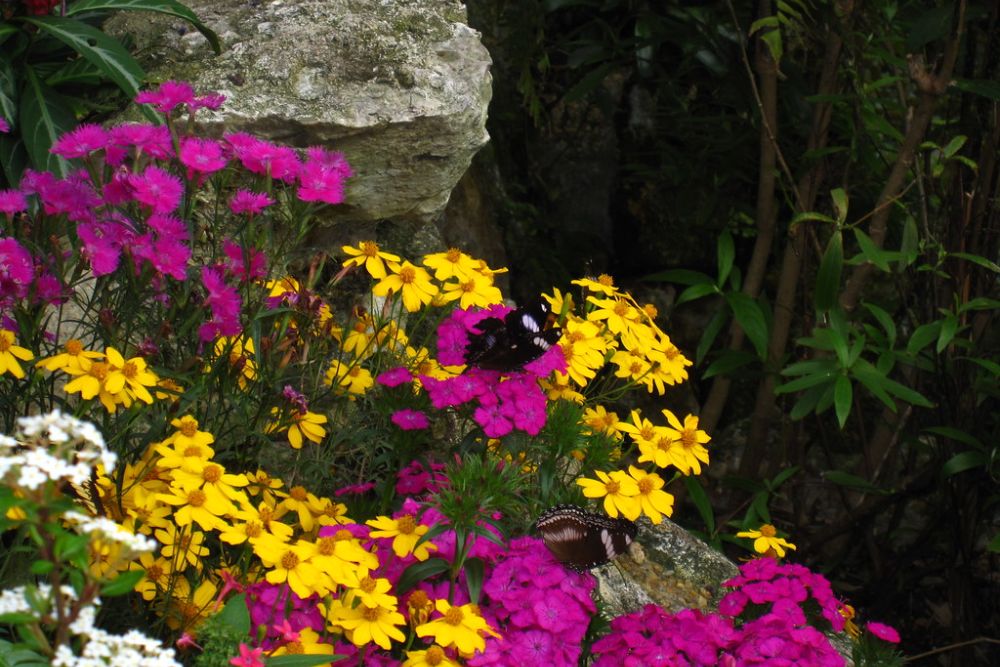
Located in Gainesville, this 6,400-square-foot screened facility recreates a tropical rainforest environment where visitors can walk among free-flying butterflies. The exhibit features species from Central and South America, Africa, and Asia, with over 60 different types represented at any given time.
What makes this place unique is its connection to the University of Florida’s research programs—the butterflies here contribute to ongoing scientific studies while providing educational opportunities for visitors. The facility also includes a breeding laboratory where visitors can observe the butterfly lifecycle up close.
Butterfly Gardens at Gumbo Limbo
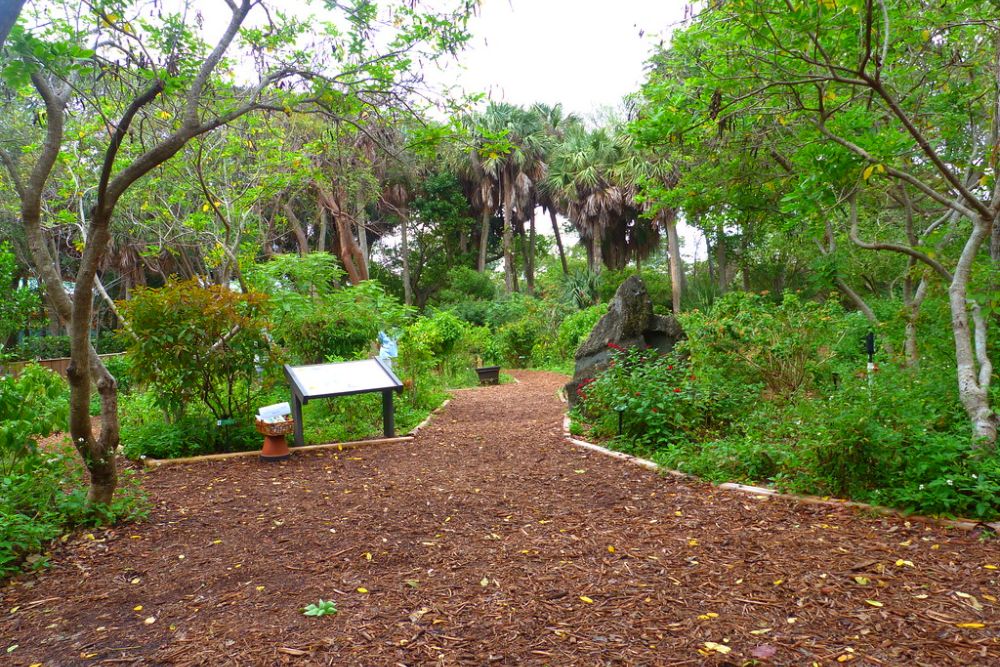
This Florida facility combines butterfly conservation with sea turtle research, creating a unique nature center that celebrates both land and sea creatures. The butterfly garden features native Florida species in a natural outdoor setting, showing how butterflies can thrive when provided with the right plants and habitat.
The facility’s location near the Atlantic Ocean creates a unique microclimate that supports both resident and migrating butterfly species. Educational programs here emphasize the connection between healthy ecosystems and thriving wildlife populations, making this more than just a pretty place to visit.
Wings of Wonder
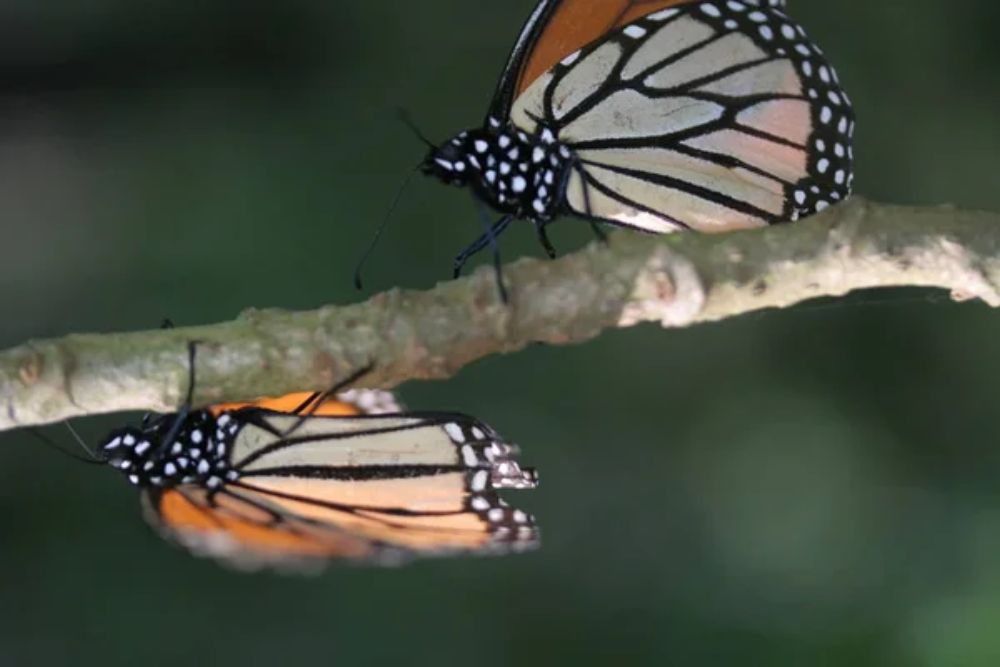
These sanctuaries represent more than just beautiful spaces—they’re modern arks preserving species that face increasing threats from habitat loss and climate change. Each facility serves as a bridge between past and present, maintaining populations of butterflies that might otherwise disappear while educating visitors about the importance of conservation.
The magic visitors feel when surrounded by these delicate creatures often translates into a deeper appreciation for the natural world and a commitment to protecting it. In our increasingly digital world, butterfly sanctuaries remind us that some of life’s most profound experiences still come from simple moments of connection with nature.
More from Travel Pug

- 20 Best Beach Towns in the Carolinas
- 13 Destinations Where Tourists Regularly Regret Their Trip
- 20 Things You Actually Get in First Class
- 20 Small Airports With Aviation Museums
- 20 Places in the U.S. That Are Perfect for a Reset Trip
Like Travel Pug’s content? Follow us on MSN.
